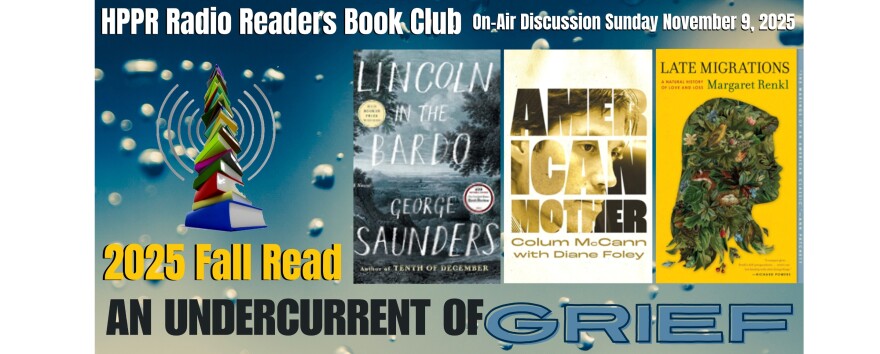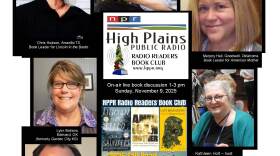In 2007 I began making yearly trips/pilgrimages to walk the border and photograph objects left behind by undocumented migrants crossing the U.S–Mexico border between Matamoros, Mexico, and Brownsville, Texas. My work takes an ever-evolving imagined space and concretizes it as a collection of specific objects, first as they are found and photographed in the landscape, then as they are re-photographed and archived, and, finally, as they are united in exhibitions.
The documentation of the depersonalized objects and photographs gathered over time become a new way to look at the militarization of the border and the ways in which the power of nations plays out in this contested space. In the end, it represents the fact that some people have access and others don’t.
As Sophie Gee notes in Making Waste: Leftovers and the Eighteenth Century Imagination, “Material leftovers and abject residue are signs of peculiar transformations . . . perversely, they show us that meaning has been made” (p. 17).
The objects I examine all have incomplete and layered narratives attached to them—for example, when a bra is found placed in a tree, it is said that a coyote (person who smuggles people across the U.S.–Mexico border) has placed it there as a sign that a woman has been raped. Other objects, such as lipstick, eye shadow, or a man’s razor, offer stories of self-care, normalcy, or someone trying to “fit in” after they have crossed the Rio Grande on a black inner tube and changed into dry clothes before possibly being taken to a safe house in Brownsville or McAllen, Texas. A found comb or toothbrush is a sure sign that someone has been picked up by the Border Patrol (anything short and hard is seen as a potential weapon).
Currently a professor of studio art and women’s studies at the University of North Carolina at Chapel Hill, Susan Harbage Page was the second Program Director for High Plains Public Radio from 1982-1984.
Susan is a three-time winner of the North Carolina Arts Council Visual Artist Fellowship for Longing: Personal Effects from the Border, photographs and archives of objects found on the U.S. Mexican Border and other projects. She holds a Master of Fine Arts Degree from the San Francisco Art Institute in 2004 and bachelor’s and Master of Music in Saxophone Performance from Michigan State University and a Certificate of Knowledge of the Italian Language from the University for Foreigners in Perugia, Italy.
Harbage believes that "borders and thresholds, crossroads and Intersections all lie at the heart of her work which “takes an ever-evolving imagined space and concretizes it as a collection of specific objects, first as they are found and photographed in the landscape, then as they are re-photographed and archived, and, finally, as they are united in exhibitions.” To find more, visit https://susanharbagepage.com/u-s-mexico-border-project/ .











